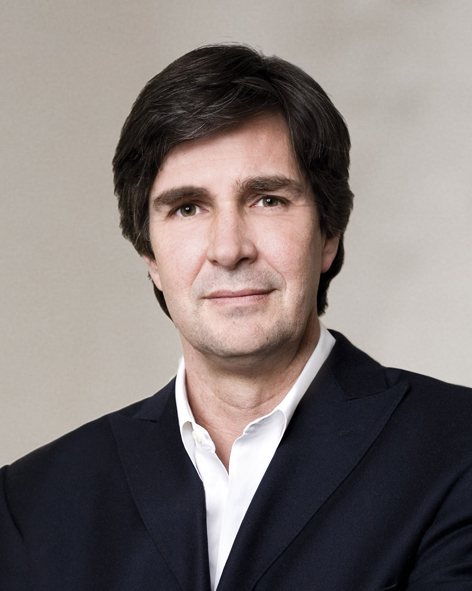
Guy Perry joins Essel Infraprojects as head of its smart city business
Perry’s appointment to help build cross disciplinary teams for building…

Perry’s appointment to help build cross disciplinary teams for building…
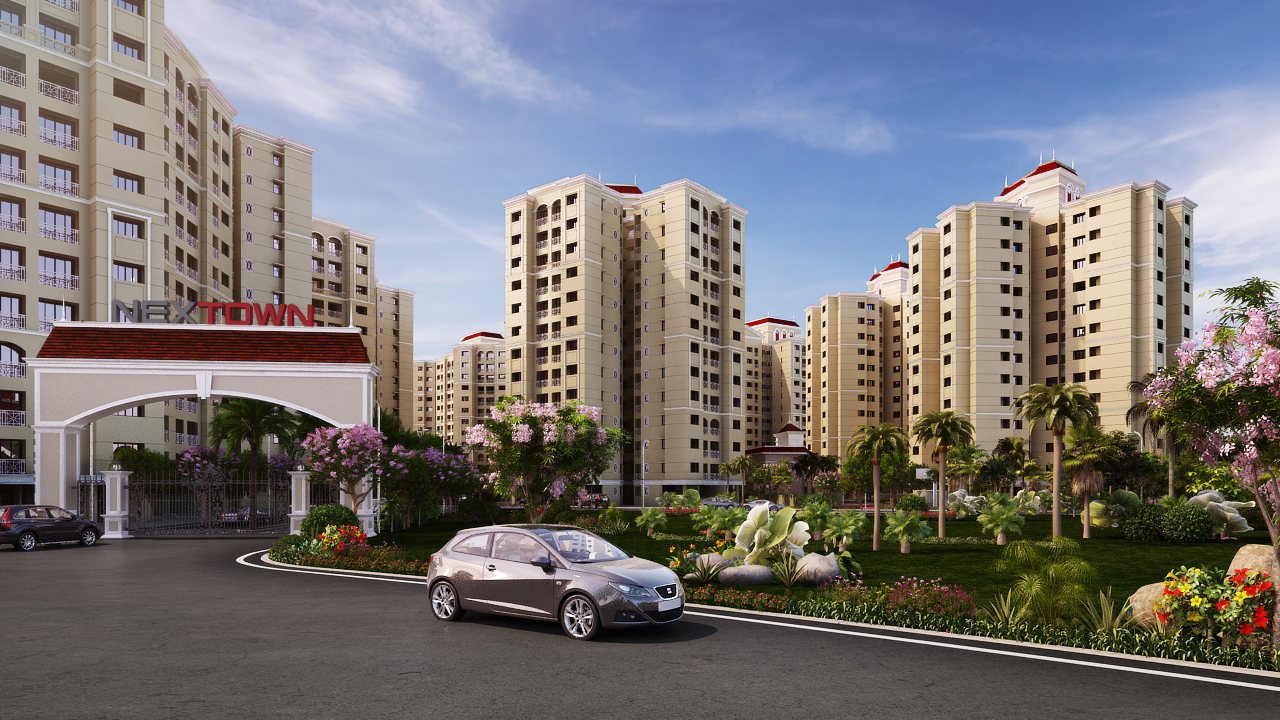
To say that the year 2015 has not been very excisiting for the real estate market across the Mumbai Metropolitan Region (MMR) would be stating the obvious. The slowdown in the macro-economy, wait & watch by the homebuyers in the property market, relatively higher cost of borrowing till late and fate of reforms oriented policies hanging in uncertainty all collectively dampenend the property market in India’s financial capital. Will the year 2016 be any different?
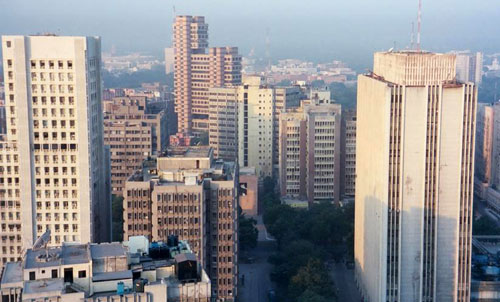
At about US$151 per sq. ft. per annum, Delhi’s Central Business District (CBD) of Connaught Place was ranked as the sixth most expensive prime office market in the world, according to CBRE Research’s semi-annual Global Prime Office Occupancy Costs survey.
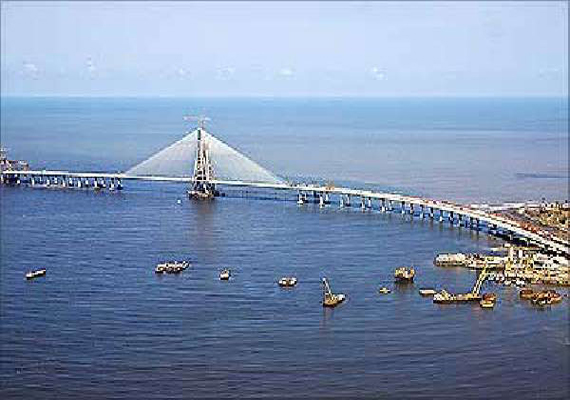
Despite slowdown, Mumbai remains the most lucrative investment destination in India, says the second edition of Knight Frank India Residential Investment Advisory Report 2016.

Today, the world sees India as a land of opportunity for business and investment. RBI head Raghuram Rajan said in mid-September that while fellow BRICs have deep problems, India appears to be an island of relative calm in an ocean of turmoil.
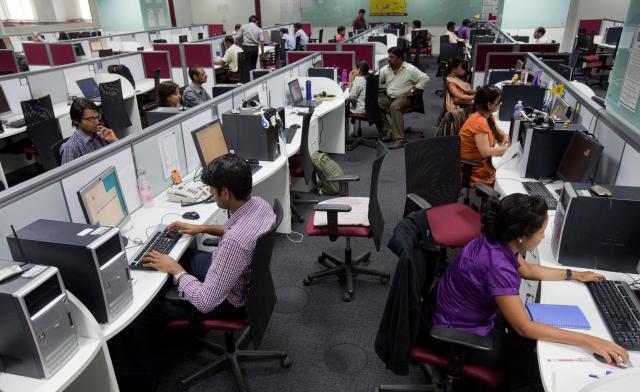
The IT/ITeS sector has clearly been driving corporate real estate in the country; and consequently, much of the development in this space is being propelled by IT and back-office demand for workspaces, as per CBRE’s India report – Real Estate & Workplace Strategies of Shared Services Occupiers.

The FDI relaxation by the Government of India is being hailed as a game changer across the Indian real estate sector. The developers even point out that now since the government has relaxed foreign direct investment norms in the construction sector by removing two major conditions related to minimum built up area and capital requirement, it simply means that any project under construction, regardless of size, can have access to FDI. So, it is going to help the cause of affordable housing.
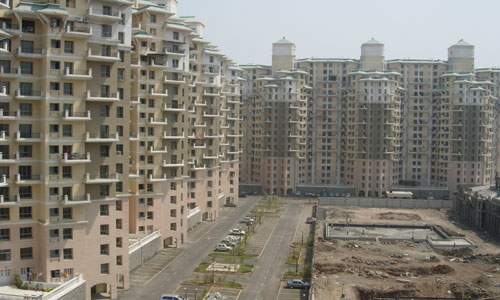
When a broker recently suggested Himanshu Kapadia that he should better invest in Ulwe, Dronagiri or Nerul of Navi Mumbai this engineer thought the greedy broker is selling the properties out of which he could make more brokerage. There was nothing common between these three locations and even in terms of price point of the residential properties the three given markets had a different profile.
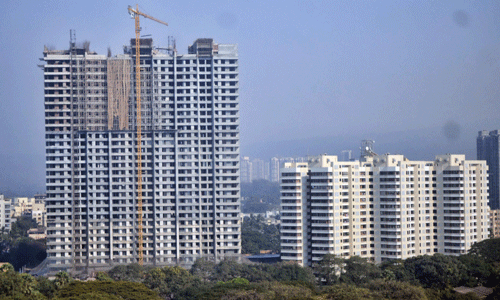
Haryana Government would like to address it as pro-farmer move, the real estate sector would like to hail it as investment friendly and others within the built environment of real estate would like to call it a step that would bring to the market more supply and hence affordability.

Gaurav Kapoor booked a flat in one of the newly launched projects of Delhi-NCR in early 2007. He was promised the flat would be ready for possession within three years with a grace period of six months. To play safe Gaurav even opted for a construction linked payment plan to the developer but six years have gone and he is yet to get his flat and every time he has approached the developer, various reasons for delay have been cited from macro economic conditions to funding woes and approval delays on part of the government agencies.
